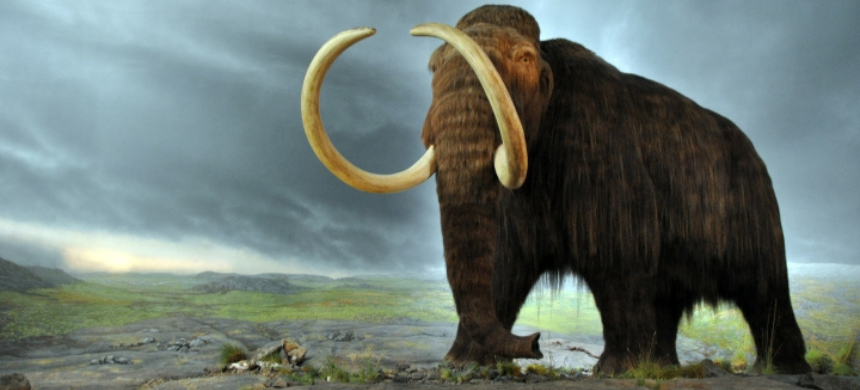Oldest Woolly Mammoth Fossil Unearthed in North America
In a groundbreaking discovery, researchers have uncovered the oldest-known woolly mammoth fossil in North America, a 216,000-year-old tooth found in the remote Yukon territory of Canada. This remarkable finding not only pushes back the species’ presence on the continent by over 100,000 years, but also offers fresh insights into the genetic history of these iconic Ice Age creatures.
The Discovery:
The mammoth tooth was recovered near the Old Crow River, an area in northern Yukon known for its rich fossil record from the Pleistocene Epoch. The tooth has been confirmed as belonging to a woolly mammoth (Mammuthus primigenius), marking it as the oldest morphologically identifiable woolly mammoth fossil found in North America.
Camilo Chacon-Duque, the study’s lead author and researcher at the Centre for Palaeogenetics at Stockholm University, Sweden, remarked, “This was quite unexpected.” He added that most mammoth remains of this age in North America were thought to belong to earlier species like the Columbian mammoth or their ancestors. “This is the first time we can confidently say we’ve found a woolly mammoth from this early period.”
Read More: Discovery of New Human Species with Larger Brains and Heads Unearthed in China
A New Chapter in Mammoth Genetics:
This discovery is part of an ongoing international study into the evolutionary genetics of mammoths, analyzing DNA from various sites across the Northern Hemisphere. By extracting ancient genetic material from the Old Crow specimen, scientists were able to examine what they term “deep-time DNA,” providing new insights into the mammoth’s evolutionary history.
The analysis revealed that woolly mammoths were genetically diverse and had begun spreading across the Arctic regions of North America earlier than previously thought. This finding reshapes our understanding of mammoth migration patterns and their genetic evolution over time.
While the Old Crow mammoth’s DNA is one of the oldest in the study, the most ancient sample was from a mammoth fossil in Russia, dating back 1.3 million years.
Significance of the Discovery:
“This kind of data allows us to peer deep into the past, tracing not just where mammoths lived but how their populations changed, mixed, and evolved over time,” said Chacon-Duque. The study, published in Molecular Biology and Evolution on April 9, highlights how climate shifts and environmental pressures played a critical role in shaping the survival and eventual extinction of Ice Age megafauna like mammoths.
Collaboration and Community Involvement:
The researchers also acknowledged the importance of cooperation between local communities and Canadian authorities, noting that this collaboration was vital to the success of the excavation and study. The Old Crow region, long known for its Ice Age fossils, continues to provide crucial insights into North America’s prehistoric past.
This discovery marks a major milestone in understanding the ancient megafauna of North America and the early history of woolly mammoths on the continent.











